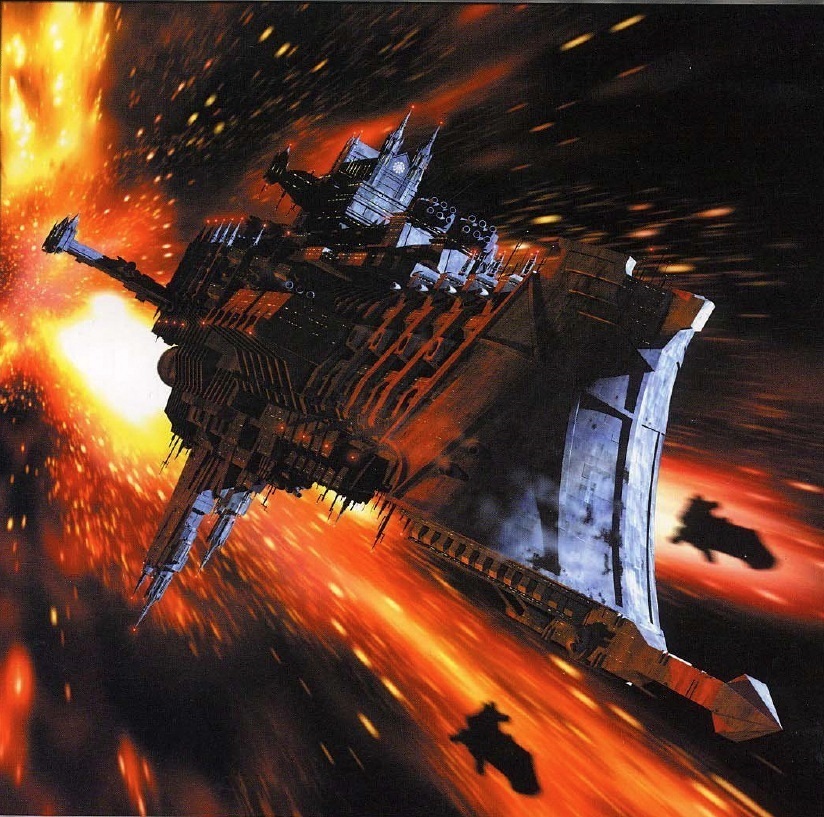Condottiere
Emperor Mongoose
Spaceships: UltraLite Fighters
Q. What you could do for the Rockette basic trainer is bundle together four standard torpedo rockets, totaling two hundred sixty sevenish kilogrammes of propulsive machinery, creating thirteen and a third thrust tonnes
R. Putting aside how a technological level seven rocket motor can achieve acceleration factor ten.
S. Assuming the torpedoes are using reactionary rocket technology.
T. In theory, this should make acquisition of propulsion drives quite easy for the Rockette basic trainer.
U. Though acceleration is now two and two thirds gee, which is actually enough.
Q. What you could do for the Rockette basic trainer is bundle together four standard torpedo rockets, totaling two hundred sixty sevenish kilogrammes of propulsive machinery, creating thirteen and a third thrust tonnes
R. Putting aside how a technological level seven rocket motor can achieve acceleration factor ten.
S. Assuming the torpedoes are using reactionary rocket technology.
T. In theory, this should make acquisition of propulsion drives quite easy for the Rockette basic trainer.
U. Though acceleration is now two and two thirds gee, which is actually enough.
Last edited:



